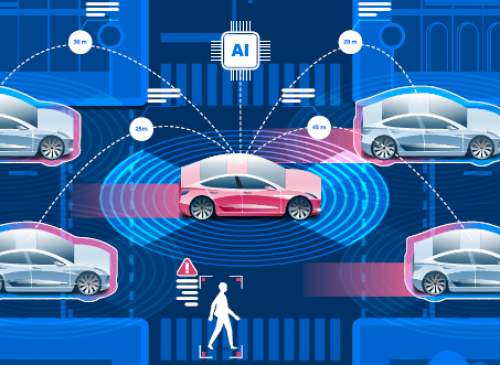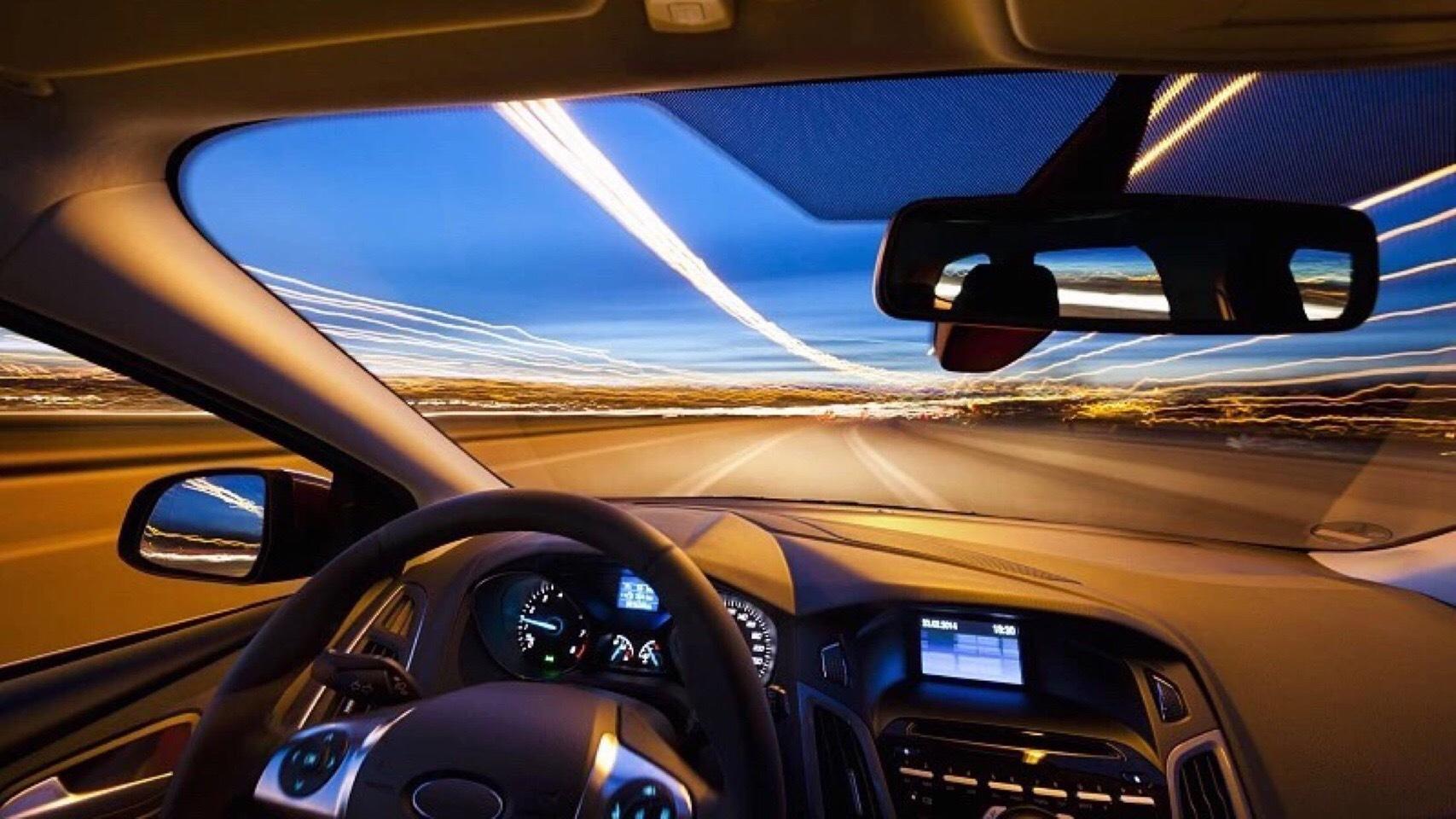Understand the Principles of Driverless Cars
Driverless cars are also called self-driving cars or wheeled mobile robots. It is an unmanned ground vehicle with transportation power. Our ideal driverless cars can drive from location A to location B without human operation. No matter how complicated the environment is on the way, or how bad the weather is, it will be done by the machine itself. The core of driverless cars lies in driverless technology. If the automobile industry is the crown of manufacturing, then driverless technology is the jewel of the crown.
Driverless cars require the integration of multiple technologies to achieve. It is not a single new technology. It includes the following technologies. Radar. Lidar. Camera. GPS. Computer vision. Decision-making system. Operating system. High-precision map. Real-time positioning. Mechanical control. Energy consumption. Heat dissipation management, etc. Although driverless cars look like sci-fi, dreams are actually being reflected in reality.

Its degree of automation can generally be divided into 6 levels. According to the order of the degree of automation from low to high. They are Level 0 to Level 5.
1. Level 0: Without any automated driving function. The driving process completely relies on the human driver to control the car. Including the observation of various environmental conditions during the starting and driving of the car. Various operational decisions and so on. Cars that require human control to drive belong to this level.
2. Level 1: Single function automation. Part of the control is transferred to the machine management during driving. But the driver still needs to control the whole. Such as adaptive cruise, emergency brake assist, lane keeping and so on. The driver's hands and feet cannot leave the control system at the same time.
3. Level 2: Partial automation. The driver and the car share control of the car while driving. Under certain preset circumstances, the driver can completely leave the control system. But the driver needs to be on standby at all times. And needs to take over the car in a short time.

1. Level 3: Conditional automation. Realize automatic driving in limited circumstances. The machine is fully responsible for the control of the entire car on the highway. The driver can completely detach from the control system. The driver needs to be on standby at any time. But there is enough warning time.
2. Level 4: Highly automated. No driver is required during driving under certain road restrictions. The driver only needs to set the starting point and ending point. The rest is controlled by the car.
3. Level 5: Fully automated. Driving in any environment does not require driver intervention. The driver only needs to set the starting point and ending point. The rest is controlled by the car.
The core of driverless cars is perception. Autonomous vehicles have four eyes with different fields of vision. Including wireless radar, lidar, ultrasonic radar and camera. Through them, different fields of vision can be obtained.
